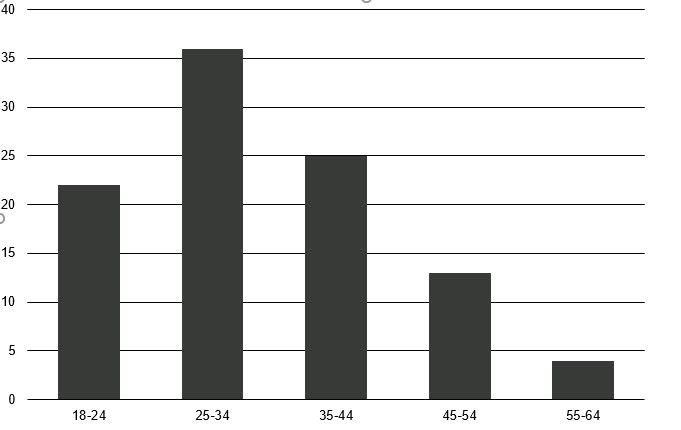Can't decide which food delivery you prefer? Buy them all with a single order!


Do you eat more takeout food nowadays? Then you are not alone. But how do you do to get back the money you put into your convenience account? Read on and you will know.
Do you eat more takeout food nowadays? Then you are not alone. But how do you do to get back the money you put into your convenience account? Read on and you will know.
The total revenue for restaurants is increasing, and best of all it goes for different forms of Internet-ordered take-out food. This applies regardless of whether the food is served to you, picked up by you at the restaurant or cooked in a “virtual restaurant” - a large kitchen without dining areas. Statista estimates the annual growth of food orders over the Internet between 2019 and 2024 to 11.5% per year (and 7.5% per year 2020-2024, affected by the negative effects of Covid-19). Especially young adults between the ages of 25-34 are overrepresented among food orders.
Users by age group in %

Solactive Food Delivery Index (NTR)
If you want to get exposure to this development easily, Vontobel and index provider Solactive have developed the Solactive Food Delivery Index (NTR). The included companies in the index are relatively large and liquid industrial country companies. The selection of the 20 equilibrium shares included in the index takes place twice a year, and is based, among other things, on a language algorithm that analyzes the company's focus, as well as an assessment of the market share of the company in the segment.
The Solactive Food Delivery Index (NTR) is focused on online ordered food deliveries, but in practice the index with a single order gives exposure to some of the world's largest and most successful fast-growing technology companies, such as Alphabet, Amazon, Alibaba and Uber. The fact that they are also involved in food supplies is a side effect of being generally at the forefront of social development. However, most of the smaller companies in the index, and thus most of the product, are more specifically focused on food supplies than the giants that are also included.
Growth and acquisitions
As an investor in the tracker certificate, which charges a management fee of 1.2% p.a., you not only get exposure to this fast-growing interface between technology and leisure, but also take part in the ongoing consolidation of the industry, in good and in bad times. Some of the competitors may also disappear over time. Scale benefits in each market are an important factor in being able to offer the fastest, best and cheapest deliveries, and therefore it is important to be the biggest first. The competition authorities so far have liked the development and approved both the merger between Just Eat and Takeaway.com and Amazon's acquisition of Deliveroo.
Estimated growth in the global food delivery business (Million US $)

Wide exposure to food delivery and technology
The online category is growing by over ten percent per year in Europe, but from a relatively low level. At present, 8 out of ten meals are homemade in Paris, Warsaw, London and Madrid, and only 10-15% of meals as some form of take-away food. Thus, there is plenty of room to grow further, which could provide a nice tailwind for Solactive Food Delivery.
Some of the companies that Solactive's index provide exposure to are Yandex, HelloFresh, Grubhub, Wingstop, Papa John's, Meituan Dianping, Kroger and Delivery Hero. These are thus included with the same weight in the index each as WalMart, Amazon, Yum! Brands, and Costco.
Investors in the tracker certificate should remember that they bear, amongst others, the credit risk of the issuer (the risk that the issuer of the certificate is not able to fulfill its obligations under the product).
Tracker Certificates
@Mikael Syding
This information is in the sole responsibility of the guest author and does not necessarily represent the opinion of Bank Vontobel Europe AG or any other company of the Vontobel Group. The further development of the index or a company as well as its share price depends on a large number of company-, group- and sector-specific as well as economic factors. When forming his investment decision, each investor must take into account the risk of price losses. Please note that investing in these products will not generate ongoing income.
The products are not capital protected, in the worst case a total loss of the invested capital is possible. In the event of insolvency of the issuer and the guarantor, the investor bears the risk of a total loss of his investment. In any case, investors should note that past performance and / or analysts' opinions are no adequate indicator of future performance. The performance of the underlyings depends on a variety of economic, entrepreneurial and political factors that should be taken into account in the formation of a market expectation.